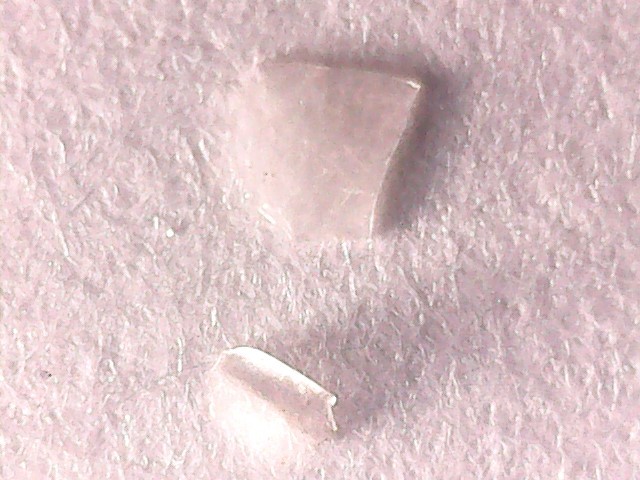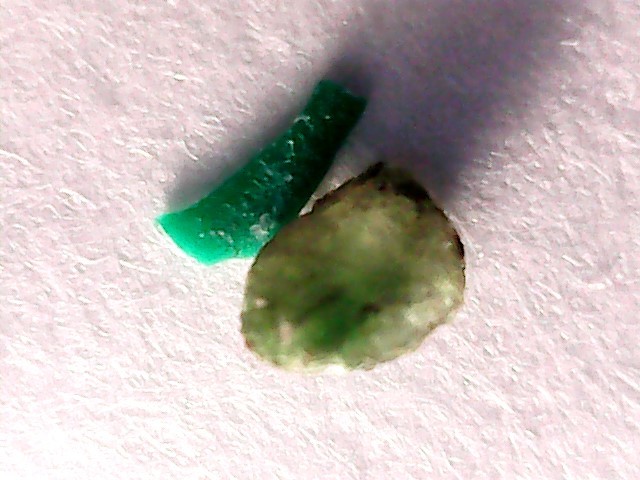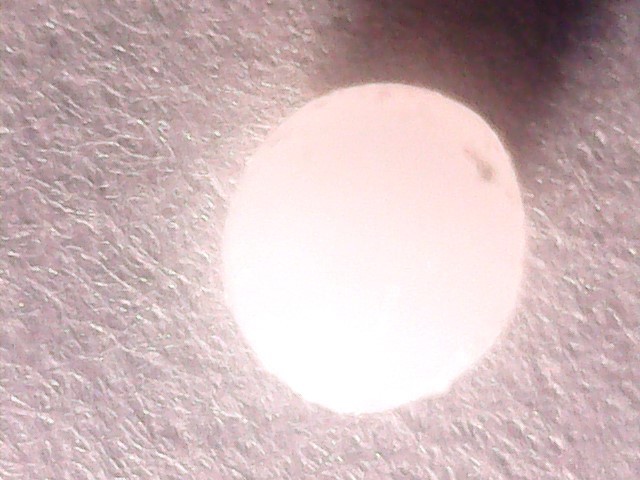This was my first time using Public Lab's #babylegs kit to study the #microplastics and #waterquality in the New Orleans area.
The kit was pretty self explanatory; the only noteworthy challenge I faced was learning how to widen or decrease the diameter of the hose clamp. Thankfully I stumbled into my roommate's toolkit and was able to loosen/tighten with a flathead screwdriver. The only other pieces I used outside of the kit was a rubber band around the extra length of the hose clamp once it was tightened around the body of the babylegs. As well, I used an additional rope of my own that was a little heftier/longer than the rope provided, just so I could better drag the babylegs (during my first attempt I used only the rope provided and nearly lost my baby in the ominously dark depths of the Pontchatrain).
My first installation of this experiment took place at Bayou St. John yesterday, where we came up pretty empty-handed, both in terms of organic and synthetic material. From there, I tried out the New Orleans/Gentilly side of Lake Pontchatrain which, ironically, was in one of its rare calm states. This made it a little hard for me to keep up some semblance of a current for the babylegs to properly skim the top of the water. After dragging across the water for approximately 20 minutes, I called it quits, having caught only small bugs (primarily gnats) and green algae.
Today I had better luck at the industrial canal by the St. Claude bridge going into the Lower Ninth. Better luck meaning bad luck for the environment, considering we were able to collect significantly more plastic debris. I am including a few photos that captured some of the more interesting specimens, as seen through the community microscope, another one of Public Lab's well-developed kits.
The water was still fairly calm, thus it required mostly my force pulling it across the top of the water, which I did for about 30-35 minutes. 


The middle photograph includes a piece of green plastic as well as a peice of organic material. Prior to looking under the microscope, I was inclined to think both were plastic, but thanks to the detail the microscope provided, it shows how clearly one is synthetic, the other not. The final photo is, I think, a nurdle-- which I was excited to see! Excited in a bittersweet way, of course.
Overall, a success!

2 Comments
This is great, Purl! I just heard there was a nurdle spill in Algiers Point, across the river from downtown New Orleans. If you're excited to find more nurdles, there's a great spot for you to visit for Baby Legs round 2!
Reply to this comment...
Log in to comment
@purl love love love that header photo! What an experience. I added some additional tags to your post as well
Reply to this comment...
Log in to comment
Login to comment.